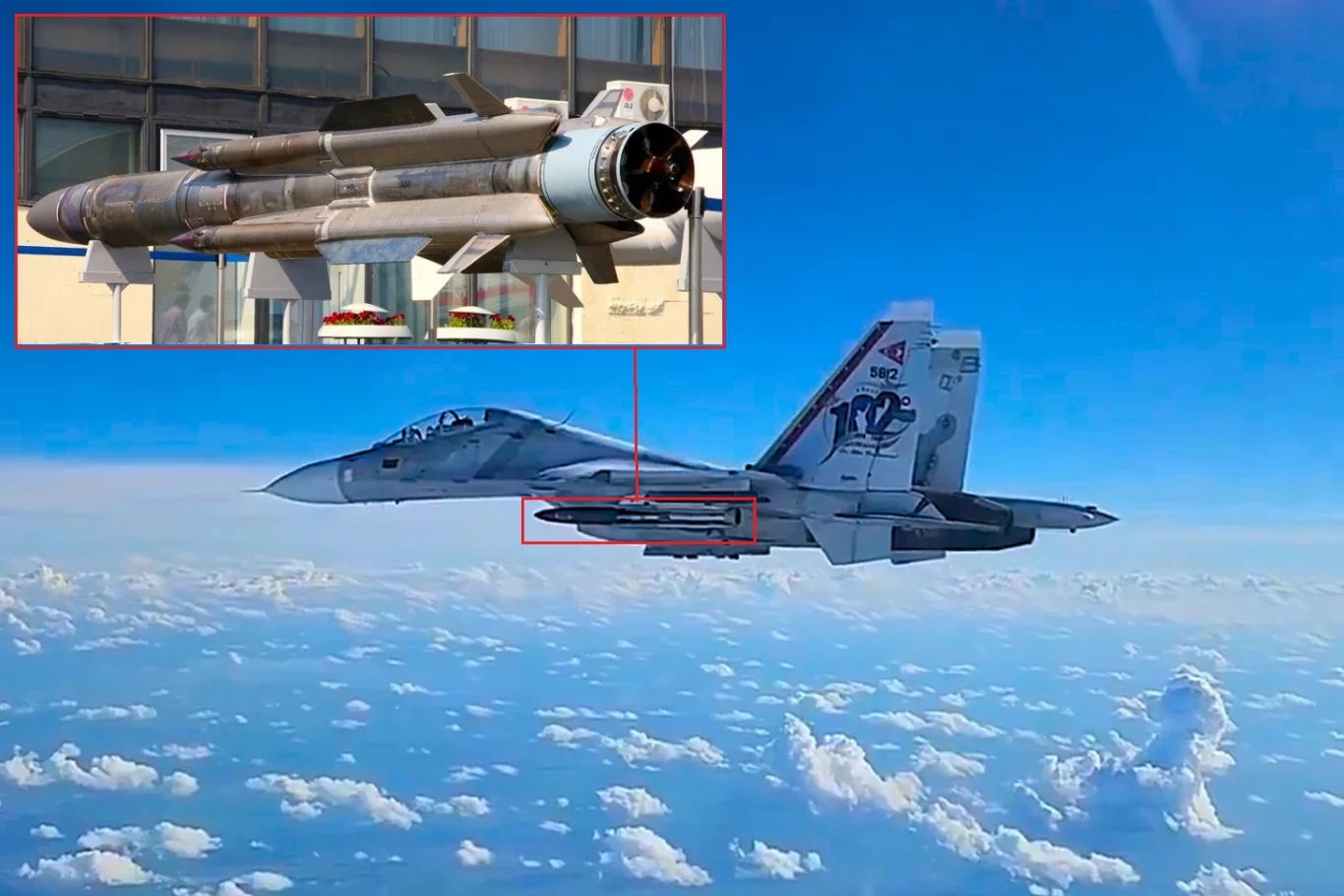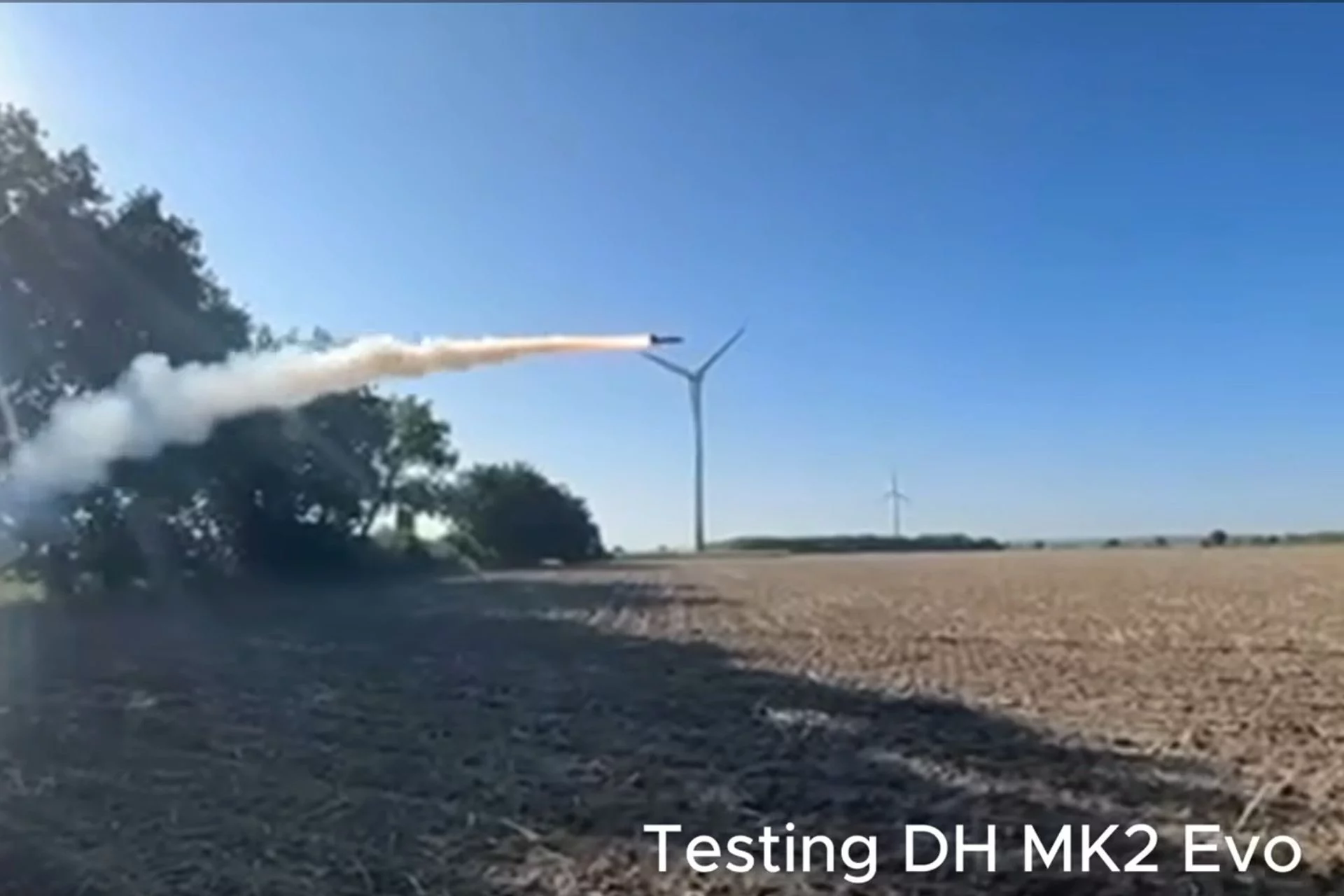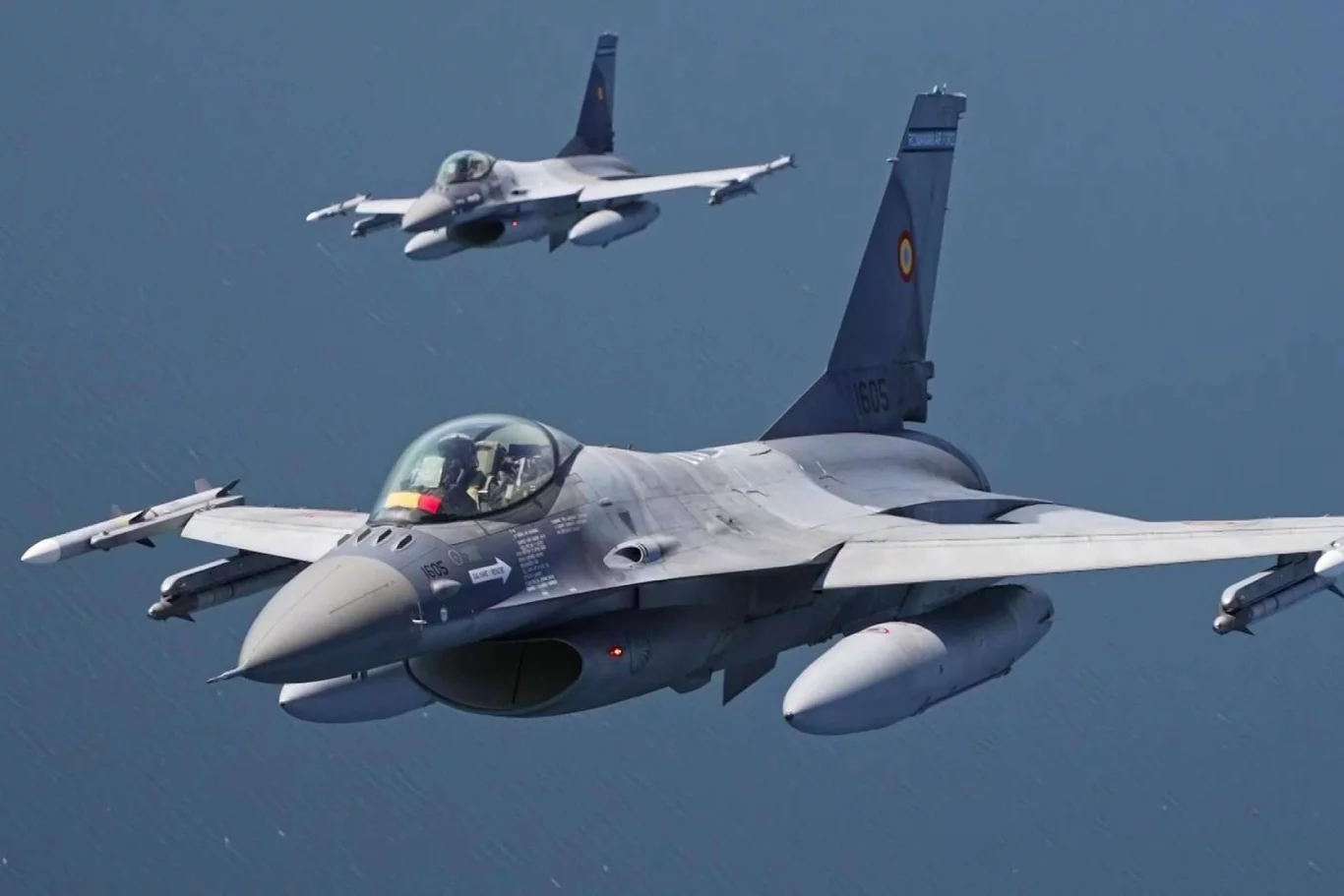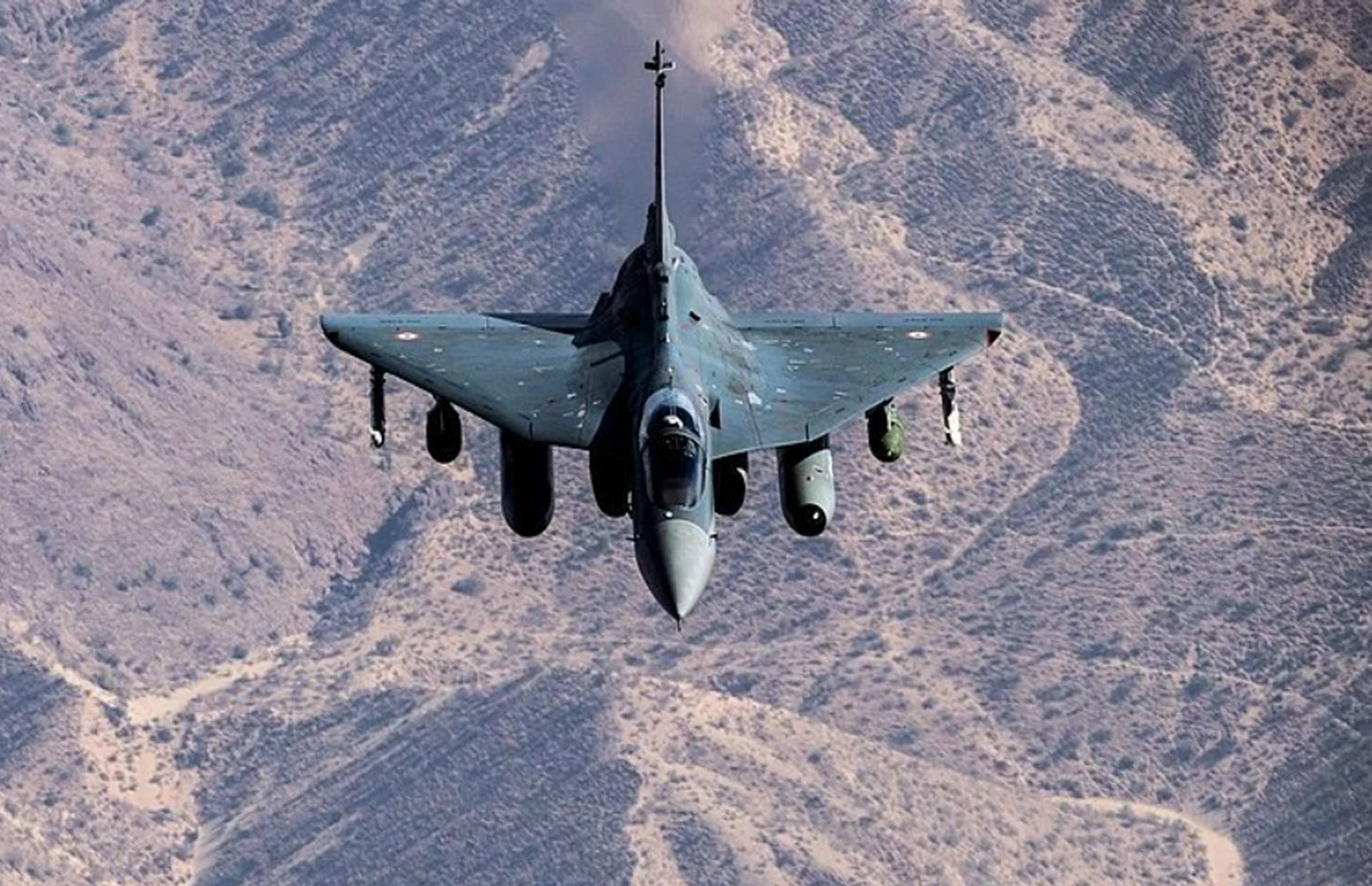Venezuela’s recent integration of Kh-31 anti-ship missiles onto its Sukhoi Su-30MK2 fighter jets marks a significant escalation in the country’s military capabilities and a new phase in its maritime deterrence strategy. This development, confirmed by recent photographic evidence, positions Venezuela as a more formidable naval power in the Caribbean and raises important questions about regional security dynamics. The Kh-31, a highly advanced supersonic missile, provides the Venezuelan Air Force with a potent “stand-off” strike capability, allowing them to engage adversary vessels from a safe distance. This move is not merely an acquisition of new hardware; it represents a strategic shift that could reshape naval power balances in a geopolitically sensitive region.
The Kh-31 Missile: A Game Changer
The Kh-31 (NATO reporting name: AS-17 Krypton) is a testament to sophisticated Russian missile technology. It’s a ramjet-powered, air-launched missile designed for both anti-ship and anti-radiation missions. The variant observed on Venezuelan Su-30s is the anti-ship version, boasting a high-supersonic speed (Mach 3.5 on impact) and a substantial range, reportedly exceeding 100 kilometers for the export variant. This combination of speed and range makes it incredibly difficult for modern naval defense systems to intercept.
The missile’s guidance system typically involves an inertial navigation system for the initial phase, transitioning to an active radar seeker for terminal guidance. This “fire-and-forget” capability allows the launching aircraft to disengage quickly after missile release, further enhancing the survivability of the Su-30s. The warhead, usually a high-explosive anti-ship type, is designed to inflict significant damage on even large naval vessels.
Venezuela’s Su-30MK2 Fleet: The Ideal Platform
Venezuela acquired its Su-30MK2 multi-role fighters from Russia starting in the mid-2000s. These aircraft are highly capable fourth-generation fighters, renowned for their long range, heavy payload capacity, and advanced avionics. The Su-30MK2 is particularly well-suited for carrying and deploying the Kh-31 due to its robust airframe and integrated fire control systems, which can be adapted to manage various types of sophisticated weaponry.
The integration of the Kh-31 onto these platforms significantly enhances the Su-30s’ operational profile. Previously, their primary role in maritime operations might have been reconnaissance or air superiority. Now, they become key offensive assets, capable of projecting power far beyond Venezuela’s coastline and posing a direct threat to naval assets in the wider Caribbean and Atlantic.
A New Phase in Maritime Deterrence
The term “maritime deterrence” is key to understanding Venezuela’s motivations. Deterrence, in military strategy, aims to prevent an adversary from taking undesirable actions by threatening them with unacceptable costs. By arming its Su-30s with Kh-31 missiles, Venezuela is sending a clear message: any naval force operating in its perceived sphere of influence, or threatening its interests, now faces a credible and potent threat.
This move could be interpreted in several ways:
- Protecting Economic Interests: Venezuela possesses significant oil reserves and a lengthy coastline. The ability to defend these assets from potential naval incursions or blockades is paramount.
- Regional Power Projection: The Kh-31 equipped Su-30s allow Venezuela to project military power further into the Caribbean, influencing regional dynamics and potentially challenging the naval dominance of other actors.
- Asymmetric Warfare Capability: Against a technologically superior adversary, an asymmetric capability like the Kh-31 provides a means to inflict significant damage, even if overall parity is not achieved. It complicates an adversary’s planning and raises the stakes of any potential conflict.
Geopolitical Implications and Regional Reactions:
This development is unlikely to go unnoticed by Venezuela’s neighbors and major global powers with interests in the region. The United States, with its significant naval presence in the Caribbean, will undoubtedly be monitoring this situation closely. Countries like Colombia and Brazil, who share borders and maritime interests with Venezuela, will also be assessing the implications for their own security.
The introduction of such advanced weaponry could lead to:
- Increased Regional Tensions: A military buildup, especially with offensive weapons, can naturally heighten tensions and lead to a perception of increased threat among neighboring states.
- Arms Race Concerns: Other regional actors might feel compelled to acquire similar capabilities or enhance their own naval defenses to counter Venezuela’s new advantage.
- Shifting Alliances: This new capability could influence existing alliances and potentially forge new ones as countries seek to balance power in the region.
Training and Operational Readiness:
While the presence of the missiles on the aircraft is confirmed, the full extent of Venezuela’s operational readiness with this new system remains to be seen. Effective deployment of advanced weaponry like the Kh-31 requires not only the hardware but also extensive pilot training, maintenance infrastructure, and sophisticated command and control systems. Pilots need to be proficient in target acquisition, missile launch procedures, and evasive maneuvers post-launch. The ongoing support from Russia, which has historically been a key arms supplier to Venezuela, will be crucial in ensuring the full operationalization of this new capability.
Conclusion:
The sight of Kh-31 anti-ship missiles adorning Venezuelan Su-30 fighter jets heralds a significant transformation in the country’s military posture. It underscores a strategic commitment to enhancing maritime deterrence and projects a new image of Venezuela as a more robust regional naval actor. This development will undoubtedly ripple through the geopolitical landscape of the Caribbean, prompting reassessments of security strategies and potentially shaping the future of naval power dynamics in this crucial part of the world. While the full impact remains to unfold, one thing is clear: the skies above Venezuela’s maritime domain now hold a more potent threat.




